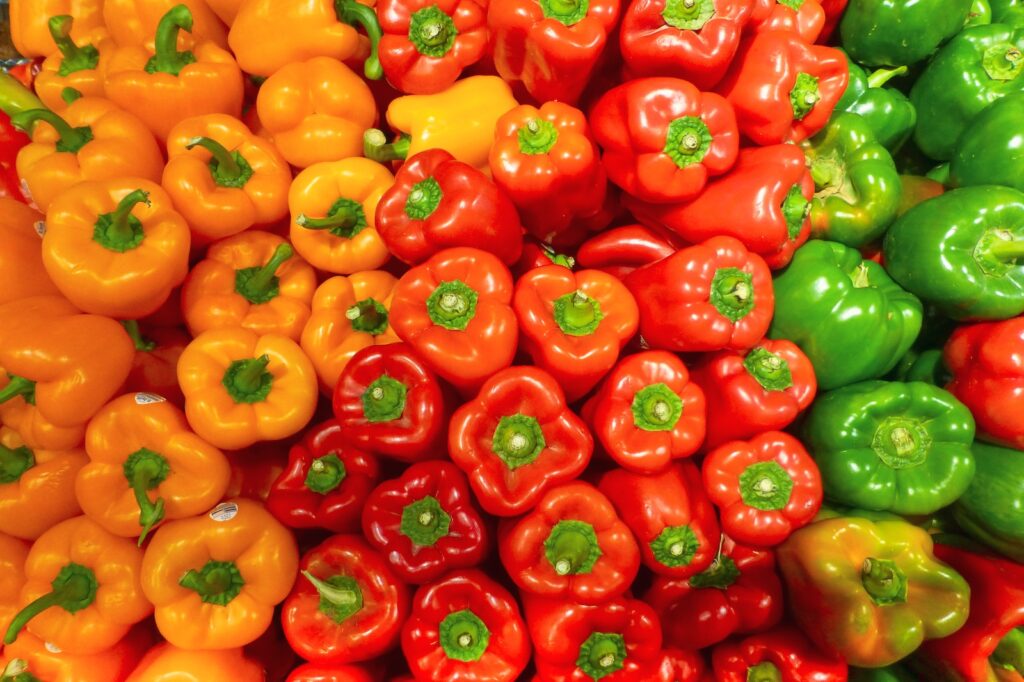- No. 268 Xianghe Street, Economic Development Zone of Xingtai city, Hebei 054001 China
- Byron@hbhongri.cn
Versatile Sweet Paprika Spice Mix for Flavorful Dishes and Culinary Creations
Exploring Sweet Paprika Seasoning A Flavorful Addition to Your Kitchen
Sweet paprika seasoning is a vibrant and versatile spice that has found its way into kitchens around the world. Known for its stunning red hue and mild, sweet flavor, sweet paprika is made from ground, dried red peppers, primarily varieties of Capsicum annuum. It holds a special place in various cuisines, particularly in Hungarian, Spanish, and Mediterranean dishes, where it enhances both taste and color, making it a beloved ingredient among home cooks and professional chefs alike.
The Origin of Sweet Paprika
Paprika's history traces back to Central America, where its ancestors were cultivated by indigenous civilizations. However, it was the Spanish who helped popularize paprika across Europe after bringing the spice back from the New World in the 16th century. Today, Hungary is renowned for producing some of the finest sweet paprika varieties, often referred to as Hungarian paprika. The rich, fertile soil and ideal climate of the region contribute to the unique flavor profile, often described as sweet, aromatic, and slightly smoky. In contrast, Spanish paprika, or pimentón, can have varying degrees of smokiness, depending on how it’s processed.
Culinary Uses of Sweet Paprika
One of the most appealing traits of sweet paprika is its versatility. It can enhance a wide variety of dishes, from meats and vegetables to soups and sauces. Here are some popular ways to incorporate sweet paprika into your cooking
1. Seasoning for Meats Sweet paprika is a popular seasoning for grilled, roasted, or sautéed meats. Whether you're preparing chicken, beef, or pork, a sprinkle of sweet paprika can add depth of flavor and a beautiful, appetizing color to the dish.
2. Garnishes and Finishing Touches It serves as an excellent garnish for deviled eggs, potato salads, and various dips. A dash of sweet paprika not only adds a pop of color but also a subtle sweetness that enhances the overall presentation and flavor.
3. Soup and Stews In soups and stews, sweet paprika works wonders in developing a rich, complex flavor profile. It’s commonly used in classic dishes like Hungarian goulash, where its warm, earthy notes meld perfectly with other ingredients.
sweet paprika seasoning

4. Vegetarian and Vegan Cooking Sweet paprika is a fantastic addition to vegetarian and vegan meals. Roasting vegetables with olive oil, garlic, and sweet paprika can elevate their taste, making them irresistibly delicious.
5. Staple in Spice Blends Sweet paprika is often a key ingredient in spice blends, such as barbecue rubs, Cajun seasonings, and even homemade seasoning mixes for various cuisines. Its sweet, balanced flavor complements other spices beautifully, creating a harmonious blend.
Health Benefits
Aside from its culinary appeal, sweet paprika boasts several health benefits. It is rich in antioxidants, including carotenoids, which can help combat oxidative stress in the body. Additionally, sweet paprika contains vitamins A, E, and C, contributing to overall health and wellness. Its anti-inflammatory properties may also play a role in promoting better health.
Choosing and Storing Sweet Paprika
When selecting sweet paprika, look for high-quality brands that use bright red peppers. Freshness is key since spices can lose their potency over time. Whole dried peppers can be ground at home for an extra burst of flavor, but if you’re purchasing pre-ground paprika, ensure it is stored in a cool, dark place to preserve its vibrant color and taste.
Conclusion
Sweet paprika seasoning is much more than just a coloring agent in the kitchen; it’s a flavorful spice that can transform ordinary dishes into culinary masterpieces. With its roots steeped in history and its presence in diverse cuisines, sweet paprika continues to inspire creativity among chefs and home cooks alike. Whether you are experimenting with new recipes or simply looking to enhance your favorite meals, sweet paprika is a spice that deserves a place in your pantry. Embrace its versatility and let the sweetness of paprika guide you in creating delectable dishes that tantalize the taste buds.
-
Turmeric Rhizome Powder: A Golden Treasure from Roots to TableNewsJul.28,2025
-
The Versatile Application Of Crushed Red Hot Peppers: Lighting Up The Red Flames On The Dining TableNewsJul.28,2025
-
The Paprika: A Touch Of Vibrant Red In Color, Flavor, And CultureNewsJul.28,2025
-
Ground Turmeric: A Modern Examination of an Ancient SpiceNewsJul.28,2025
-
Capsicum Liquid Extract: Features, Applications, and ChallengesNewsJul.28,2025
-
Application of Capsicum Liquid Extract in FoodNewsJul.28,2025







